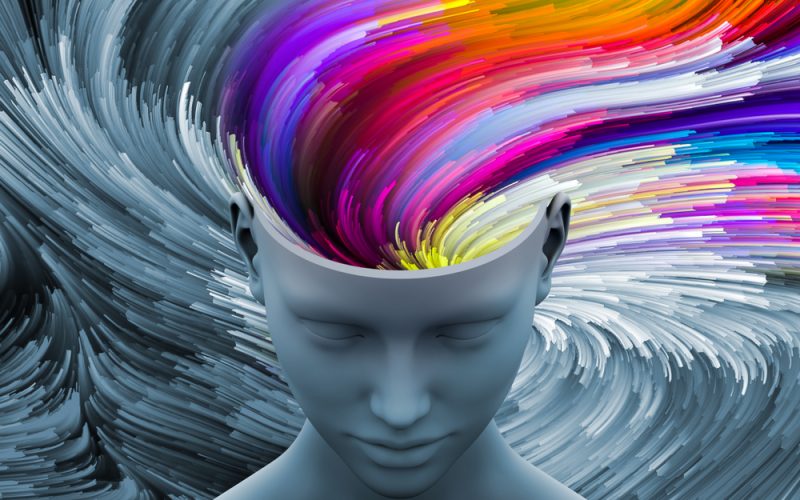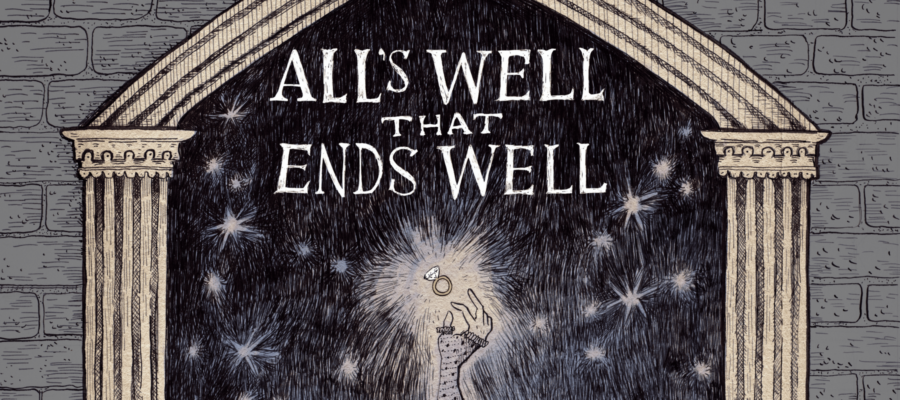Tariq Mahmood Awan
Punjab has been a romantic land. Punjabis are aesthetically incarnated, and they love expression, beauty, narration, aesthetics and literature.
The love story of Heer Ranjha is one of Punjab’s most famous and tragic romances, narrated by various poets, especially Waris Shah in his epic poem Heer. The story has symbolism, aestheticism, and emotions. The story has been narrated under multiple influences and approaches. A critical evaluation of this story can be done from different perspectives, such as symbolic, aesthetic, emotional, and psychological.
Symbolically, the story of Heer Ranjha can be seen as a representation of the human soul’s quest for union with the divine. Waris Shah himself states that the story has a deeper meaning, referring to the unrelenting search that man has towards God. Heer and Ranjha symbolize the human soul and God, respectively, who are separated by the barriers of caste, creed, family, and society. Their love transcends these worldly obstacles, and they seek to merge into one. However, they are also tested by various trials and tribulations, such as Heer’s forced marriage to another man, Ranjha’s renunciation of the world as a Jogi (ascetic), and their eventual death by poison. These events symbolize the stages of the human soul’s spiritual journey to attain God-realization.
Aesthetically, the story of Heer Ranjha is a masterpiece of poetic expression and musical composition. The language employed by Waris Shah is rich in imagery, metaphors, similes, and allusions. He draws from various sources of classical and folk literature, such as the Quran, the Vedas, the Mahabharata, the Ramayana, and the folk tales of Punjab. He also uses various forms of poetry, such as Doha (couplet), Chaupai (quartet), kafi (lyric), and masnavi (narrative). The story is also embellished with songs and music that reflect the emotions and moods of the characters. The songs are composed in various ragas (melodic modes) and talas (rhythmic cycles) that suit the context and theme of the story. The songs are also sung in different dialects and languages, such as Punjabi, Saraiki, Sindhi, Persian, and Arabic.
Emotionally, the story of Heer Ranjha is a saga of love and passion that touches the hearts of the readers and listeners. The story portrays the intensity and purity of Heer and Ranjha’s love for each other, which is beyond any selfish motive or worldly gain. Their love is also contrasted with the cruelty and hypocrisy of their families and society, who oppose their union and try to separate them by force. The story also depicts the pain and suffering that Heer and Ranjha endure for their love, as well as their courage and sacrifice to remain faithful to each other till death. The story also evokes sympathy and admiration for Heer and Ranjha’s loyal friends and helpers, such as Luddan (the boatman), Sehti (Heer’s friend), Saida (Heer’s husband), Damodar Gulati (the poet), and Gorakhnath (the Jogi leader).
Psychologically, the story of Heer Ranjha is a study of human nature and behaviour in relation to love and society. The story explores the various aspects of human psychology, such as attraction, attachment, jealousy, anger, guilt, remorse, repentance, forgiveness, etc. The story also analyzes the motives and actions of different characters in light of their personality traits, such as pride, greed, lust, envy, hatred, etc. The story also examines the impact of social norms and values on individual choices and decisions regarding love and marriage. The story also questions the validity and morality of these norms and values in light of human rights and dignity.
Lastly, the love story of Heer Ranjha has become a conscious part of Punjabi culture and a great source of Punjabi romanticism and aestheticism.
Pl, subscribe to the official website of republicpolicy.com















